Our editors independently select these products. Making a purchase through our links may earn Well+Good a commission
Stearic Acid Is the Buzzy Barrier-Strengthening Ingredient an Esthetician and Cosmetic Chemist Are Begging You To Add to Your Dry Skin Routine
Using stearic acid for skin can strengthen the skin barrier, enhance hydration, and improve texture. Here’s how to add it to your routine.

It seems like every day we’re hearing about a new skin-care ingredient that just has to be added into our routines. From the craze of hyaluronic acid a few years back to classic vitamin C, each active plays its role and purpose in keeping skin healthy. While it certainly isn’t necessary to stack your routine with everything TikTok tells you you need, there’s one buzzy ingredient that really does deserve a spot in your winter skin-care lineup: Stearic acid.
Experts in This Article
director of medicine and president of Laguna Beach Aesthetics
certified aesthetics nursing specialist and founder of Skin Charm
cosmetic chemist and founder of BeautyStat
Known for its unparalleled ability to moisturize the skin and even stabilize formulas, there are loads of things to know about this multi-tasking component.
What is stearic acid?
“Stearic acid is a saturated fatty acid that is found widely in nature and in many animal and vegetable fats,” Ron Robinson, a cosmetic chemist and the founder of BeautyStat, tells Well+Good. “It is found in foods like meat, poultry, fish, eggs, and dairy.”
Annie Bruno, RN, CANS, LE, CLTA, a certified esthetician, goes on to add, “Stearic acid is a key component in the formulation of many skin-care products. It is known for its waxy nature and its ability to emulsify and stabilize formulations. In skin care, stearic acid is often used as a thickening agent, contributing to the texture and consistency of creams, lotions, and other topical products.”
In addition to acting as a thickening agent, it’s also an emollient to help soften skin and an emulsifier to add lather. “It is usually added to skin-care products to aid in cleansing and texture of the skin,” says Adrienne O’Connell, DO, an aesthetic wellness specialist and the founder of Laguna Beach Aesthetics. “It helps to build up our skin’s protective barrier and lock in moisture.”
The benefits of stearic acid
1. Enhances moisture retention
There’s a good reason why stearic acid has become such a mainstay in moisturizer formulas.
“Stearic acid acts as an emollient, forming a protective barrier on the skin’s surface,” says Bruno. “This barrier reduces water loss, promoting enhanced moisture retention. This benefit is particularly advantageous for individuals with dry or dehydrated skin, as it helps alleviate dryness and flakiness.”
2. Strengthens the skin barrier
In addition to giving the skin some much-needed hydration, stearic acid also acts as a protector. “Stearic acid forms a moisture barrier that prevents loss of moisture or hydration from our skin,” says Dr. O’Connell. “It acts to protect our skin barrier.” Robinson agrees, adding, “Given it’s a fat, it’s great for helping to repair the barrier.”
A strong barrier is important for retaining moisture and defending against external aggressors (think: cold, dry air, and pollution), which is why stearic acid can be an extra beneficial addition to your routine during the winter months.
3. Improves formula texture and stabilization
“As a thickening agent, stearic acid contributes to the luxurious texture of skin-care products,” says Bruno. “This quality enhances the spreadability of creams and lotions, providing a smooth, velvety feel upon application. This benefit appeals to those seeking a sensory and indulgent experience in their skin-care routine.” If you love the feel of rich and thick creams, we highly suggest opting for products that feature this mighty ingredient.
Another major benefit of stearic acid is that it stabilizes formulas, which is vital to making sure your products don’t get wonky, discolored, and uneven in terms of texture. “Stearic acid’s emulsifying properties play a crucial role in stabilizing formulations, ensuring that water and oil-based ingredients remain well-blended,” says Bruno. “This stability contributes to the longevity and effectiveness of skin-care products, preventing separation or changes in texture over time.”
Who should use stearic acid
Regardless of your skin type or texture, stearic acid can work for anyone—dry, oily, combination, and even sensitive skin types—but those with dry skin will find it provides the most obvious results.
“Anyone can use stearic acid, but I recommend it for my patients with dry skin, as it acts as an outstanding moisturizer,” says Dr. O’Connell. Bruno agrees and goes on to add, “Stearic acid is generally suitable for individuals with normal to dry skin types who seek products that offer enhanced moisturization and a rich, comforting texture. It is particularly beneficial for those experiencing dryness, flakiness, or discomfort due to environmental factors or skin conditions.”
How to incorporate stearic acid into your routine
Stearic acid can easily be incorporated into any skin-care routine and will work well with anything else you’re already using. It can be used day and night, and continuous use will deliver the best results.
“Stearic acid is commonly found in moisturizers, creams, and lotions,” says Bruno. “It should be incorporated into the daily skin-care routine as a part of the hydration and moisturization step. After cleansing and applying any treatment serums, a stearic acid-containing product can be applied to seal in moisture and provide a protective layer to the skin.”
One thing Bruno mentions is to always go in with a skin patch test, especially when you’re trying out formulas, products, and ingredients that are new to your skin. “Before incorporating stearic acid-containing products into your regular skin-care routine, it is advisable to consult with a skin expert or medical professional, especially if you have pre-existing skin conditions or concerns,” she says. “Additionally, perform a spot test on a small area of skin before applying any new product broadly, to ensure compatibility and minimize the risk of adverse reactions.”
Shop stearic acid for skin

RéVive, Moisturizing Renewal Cream — $195.00
This cream is a favorite of Dr. O’Connell. “It combines glycolic acid with stearic acid, giving a gentle exfoliation while hydrating the skin,” he says. Meant to be applied at night, the thick formula that contains stearic acid works overtime to provide your skin with deep hydration and improve texture.
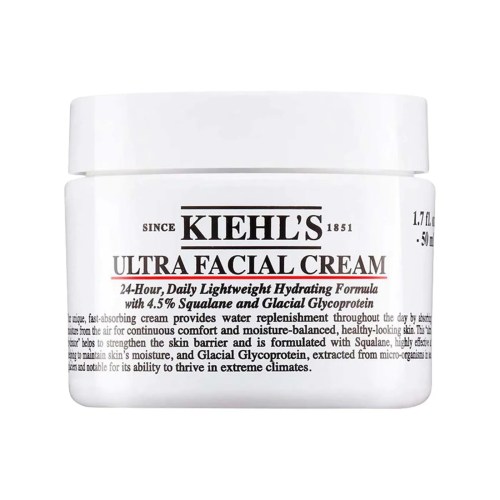
Kiehl’s, Ultra Facial Cream with Squalane — $24.00
Kiehl’s is one of our go-to skin-care brands, so it comes as no surprise that they have multiple products infused with stearic acid. In addition to this hero ingredient, the Ultra Facial Cream it also contains squalane, ceramides, and glycoprotein, resulting in skin looking and feeling healthier and more supple.

CeraVe, Hydrating Cleanser Bar — $7.00
If you’re in the market for a new cleanser, you can’t go wrong with this bar from CeraVe. Formulated with stearic acid, ceramides, hyaluronic acid, and kaolin clay, it’s a great option for dry skin.
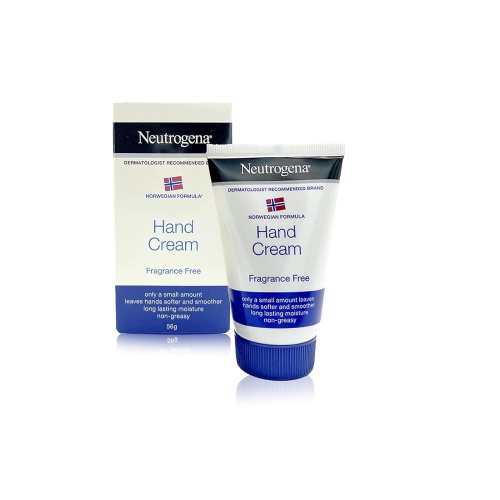
Neutrogena, Norwegian Formula® Hand Cream — $4.00
Hands are one of the first areas on the body that show signs of aging, which is why it’s so vital to constantly keep them hydrated and moisturized. “Known for its effectiveness in combating dry, chapped hands, this product contains stearic acid to provide intensive hydration,” say Bruno. “It is a go-to choice for those seeking relief from harsh environmental conditions.”
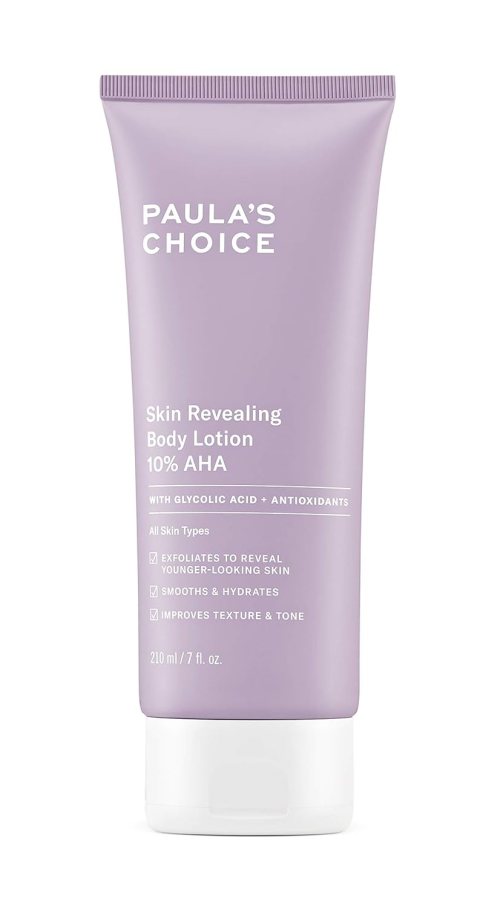
Paula’s Choice, Skin Revealing Body Lotion 10% AHA — $29.00
We all know (and love!) Paula’s Choice for its iconic Liquid Exfoliant, which is why the brand’s exfoliating body lotion deserves to be on your radar. Made with stearic acid, shea butter, vitamin C, and glycolic acid, this will not only shed layers of dead skin, but also leave you feeling more smooth and hydrated.
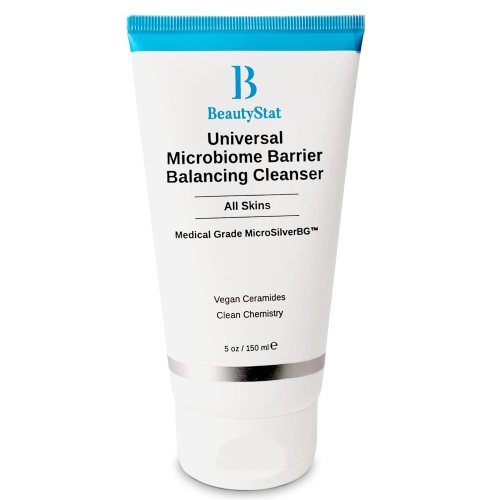
BeautyStat, Microbiome Barrier Repair Purifying Cleanser — $26.00
This cleanser, from Dr. Robinson’s brand, works to purify skin, repair its barrier, and protect the microbiome—all thanks to the inclusion of stearic acid. It’s also formulated with other skin-loving hydrators, like hyaluronic acid and squalane.
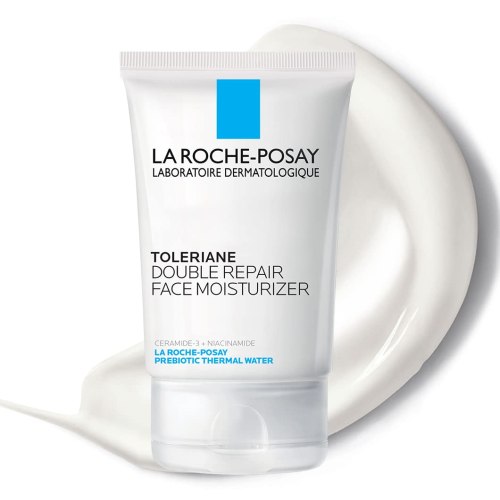
La Roche-Posay, Toleriane Double Repair Face Moisturizer with Niacinamide — $23.00
If your skin is prone to sensitivities, check out this moisturizer from La Roche-Posay. Coming in at an affordable price point, this dermatologist fave enhances the skin’s barrier and utilizes ingredients like stearic acid, niacinamide, and glycerin.
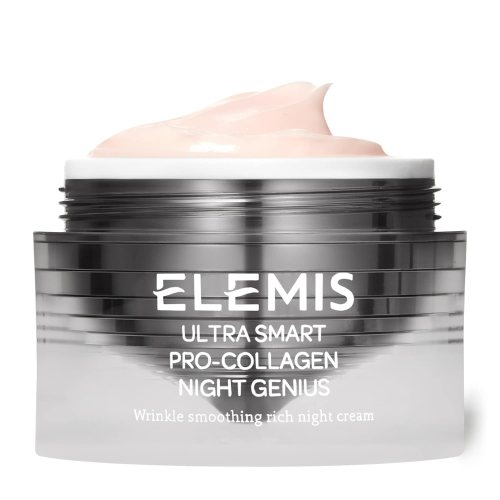
Elemis, Ultra Smart Pro-Collagen Night Cream — $320.00
Dr. O’Connell also loves this overnight wrinkle-fighting cream from Elemis, which is crafted with stearic acid, microalgae, and hyaluronic acid.
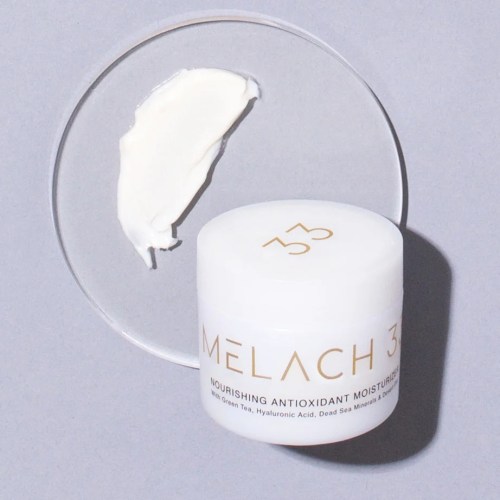
Melach 33, Nourishing Antioxidant Moisturizer — $57.00
Not only does the stearic acid in this moisturizer strengthen the skin barrier to defend against environmental aggressors, but the inclusion of antioxidant plant oils and green tea extract up its protective properties even further. Hyaluronic acid, dead sea minerals, and shea butter round out the ingredient list, delivering a luxurious-feeling formula that will leave skin instantly plumped and hydrated.
Sign up for the Well+Good SHOP Newsletter
Get exclusive deals on wellness, beauty, fitness, and food products that have been hand-picked by our editors.
Got it, you've been added to our email list.










